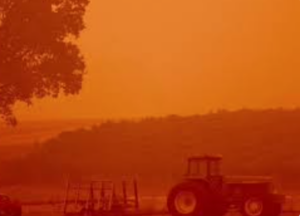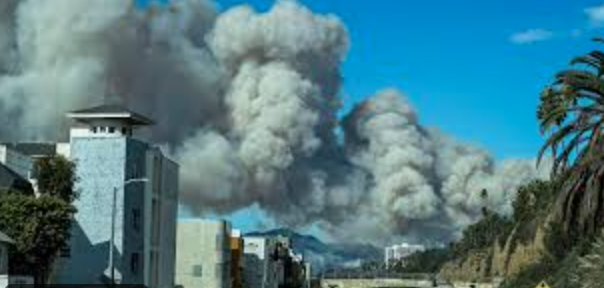It is devastating to Los Angeles and everyone in and around it – and it is going to hurt small mom and pop businesses including those in cannabis.
Los Angeles is one of the pillars of the cannabis industry with one of the largest concentration of sales and some of the most important grows within 200 miles of downtown LA. And like the residents of the City of Angels, they are effected by the horrific fires which have suddenly engulfed the area. The Palisades Fire, the largest of four life-threatening wildfires currently wreaking havoc across the county, alone is expected to be the costliest wildfire in history, according to Daniel Swain, climate scientist at the University of California, Los Angeles. It has burned more than 3,000 acres and numerous homes, businesses and landmarks in Pacific Palisades. But long term, it is going to damage the region. Here is how the LA fires will effect cannabis crops.
Wildfire smoke can have significant and complex effects on crops, including cannabis, with both negative and positive impacts depending on various factors. Smoke from wildfires primarily affects crops by reducing sunlight availability, which is crucial for photosynthesis.
This reduction in light can lead to stunted growth, lower yields, and decreased nutritional quality in many crops. For cannabis, smoke exposure can cause substantial crop losses, with some estimates suggesting potential statewide production losses exceeding 25% in a single year.

The impact of smoke varies among different crops:
- Cannabis: Highly susceptible to smoke damage, with significant economic losses reported.
- Corn: More affected by light reduction than soybeans due to its C4 photosynthesis and higher light saturation point.
- Potatoes: Can experience black flecking on recently emerged leaves.
- Watermelons: May show premature chlorosis on older leaves and develop brown or black spots with white patches.
- Squash and pumpkins: Can experience yellowing of older interior or crown leaves.
The damage from this fire will impact the lives, businesses and crops of the region for years to come.


